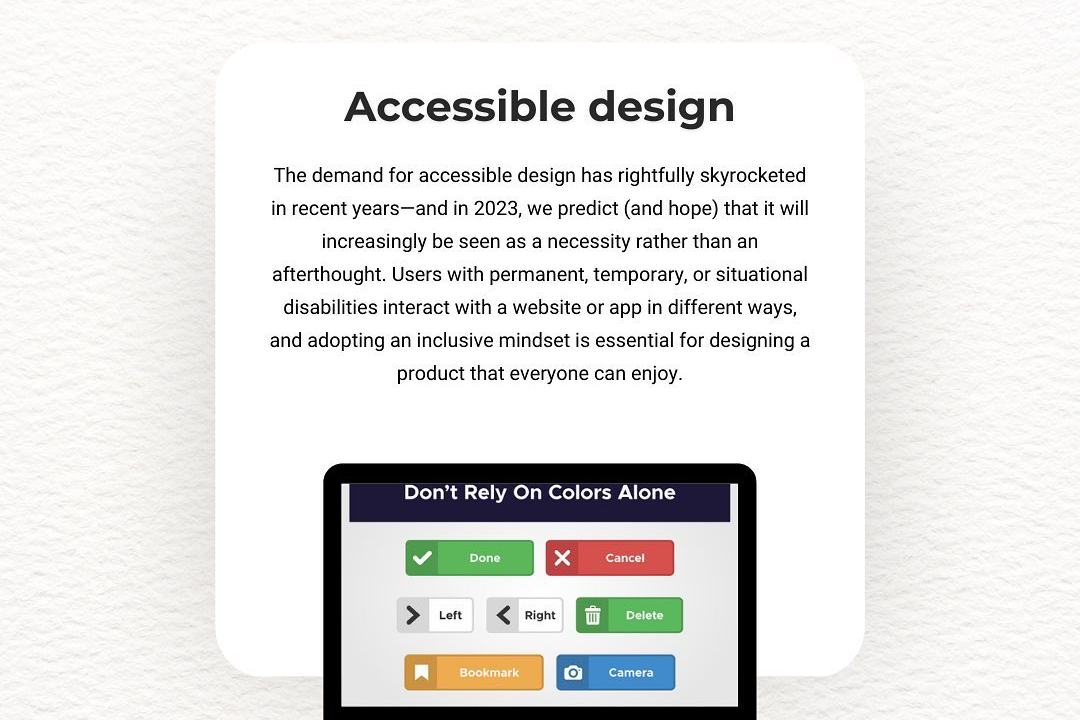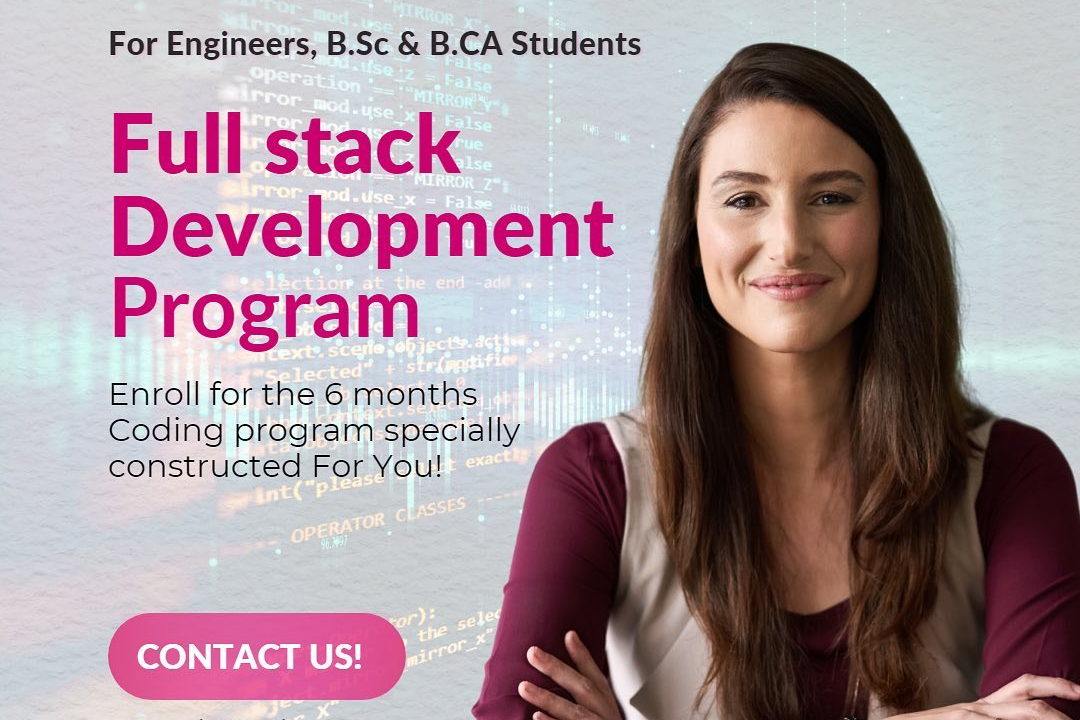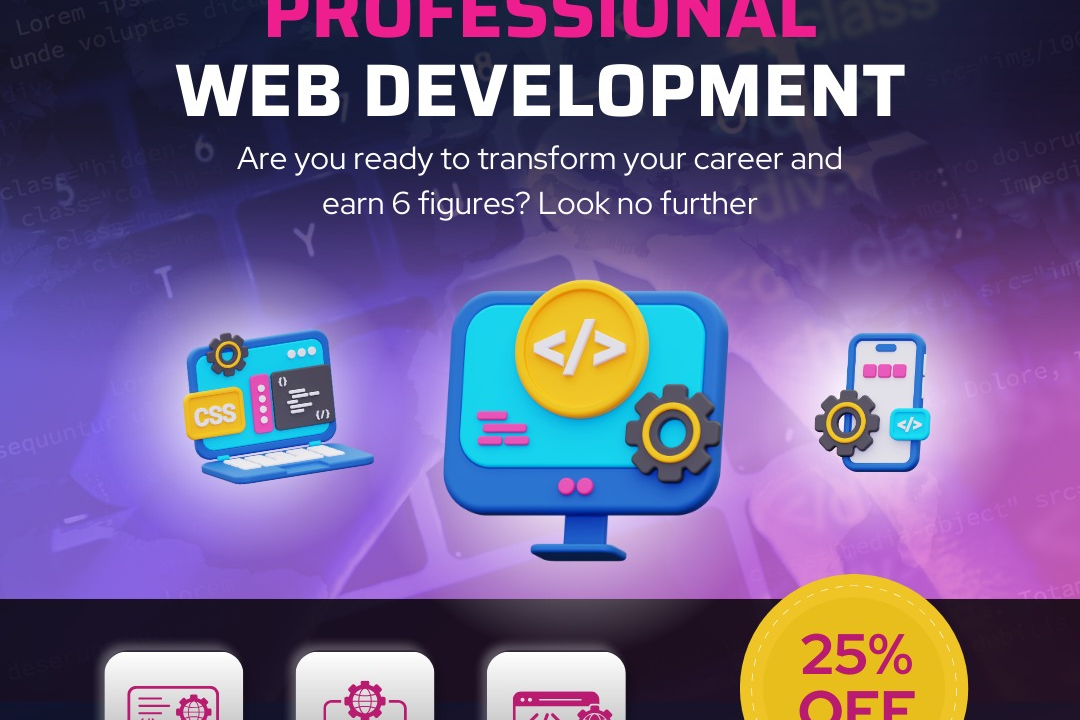Laravel Interview Questions Experienced
Top Laravel Interview Questions for Experienced Developers
Laravel Interview Questions Experienced
Laravel interview questions for experienced developers are crucial for assessing not only their technical proficiency in this popular PHP framework but also their ability to implement best practices in real-world applications. These questions typically cover advanced topics such as Eloquent ORM, middleware, route management, and service providers, ensuring candidates have practical experience with Laravel's features. Understanding these concepts is essential for developers aiming to build scalable and maintainable web applications. Additionally, mastering these interview questions can facilitate deeper conversations about problem-solving strategies and architectural decisions, which are vital in today's fast-paced development environments. By preparing for these discussions, candidates can demonstrate their expertise and readiness to tackle complex projects in a professional setting.
To Download Our Brochure: https://www.justacademy.co/download-brochure-for-free
Message us for more information: +91 9987184296
1 - What is Laravel's service container?
The service container is a powerful tool for managing class dependencies and performing dependency injection in Laravel. It is used for resolving class instances and binding interfaces to implementations, allowing for better testability and modular code.
2) Explain Laravel's middleware and how it works.
Middleware in Laravel acts as a layer that can inspect and filter HTTP requests entering an application. It can be used for tasks like authentication, logging, or modifying request/response objects by registering middleware in the HTTP kernel.
3) What are Eloquent relationships in Laravel?
Eloquent relationships are methods provided by the Eloquent ORM to define relationships between different database tables. Common types include one to one, one to many, many to many, and polymorphic relationships, which can simplify complex queries.
4) How does Laravel handle database migrations?
Laravel uses migrations to version control database changes, allowing developers to define and share the application's database structure programmatically. Each migration is a PHP class that describes the table schema and can be executed through the Artisan command line tool.
5) What is the purpose of Laravel’s Artisan console?
Artisan is the command line interface included with Laravel, which provides various helpful commands for common tasks such as database migrations, seeding, testing, and serving the application. Custom commands can also be created for specific project needs.
6) Describe the concept of factories and seeders in Laravel.
Factories are used to define how to generate fake data for testing, while seeders are scripts that populate the database with this data, making it easier to test and demonstrate applications without requiring real user data.
7) What is the difference between `hasMany()` and `belongsTo()` relationships in Eloquent?
The `hasMany()` method indicates a one to many relationship where one model can own multiple instances of another model, while `belongsTo()` defines the inverse relationship, where a model belongs to a single instance of another model.
8) How do you perform validation in Laravel?
Validation in Laravel can be done using the `Validator` facade or through form request classes. You define validation rules and the framework automatically returns errors if the input fails validation, providing a seamless user experience.
9) What is the purpose of the `config` directory in a Laravel application?
The `config` directory contains configuration files for various services used in the application, such as database settings, mail configurations, and cache configurations. It allows easy customization and access to configuration values throughout the application.
10) Explain service providers in Laravel.
Service providers are the central place of application bootstrapping in Laravel. They are responsible for binding services into the service container, registering event listeners, and performing tasks prior to the request lifecycle by utilizing the `boot` and `register` methods.
11 - What are Laravel events and listeners?
Events in Laravel are a way to decouple different parts of an application by providing a publish subscribe mechanism. Listeners are classes that handle these events and can perform actions like sending notifications or logging activity when specific events occur.
12) Describe how routing works in Laravel.
Routing in Laravel is managed through the `routes` directory, allowing developers to define URL endpoints that map to controller actions or closures. The framework supports RESTful routing, resource controllers, and route grouping for better organization.
13) What is CSRF protection in Laravel?
Cross Site Request Forgery (CSRF) protection is a security feature in Laravel that protects against unauthorized commands being transmitted from a user that the web application trusts. It is implemented through a generated token that must be included in forms and AJAX requests.
14) How can you implement pagination in Laravel?
Laravel offers built in pagination capabilities that can be easily integrated using Eloquent queries or the query builder. By calling the `paginate()` method on a query, you can retrieve results in manageable chunks along with pagination links.
15) What are the benefits of using queues in Laravel?
Queues allow time consuming tasks to be processed in the background, improving application performance and user experience. Laravel provides a unified API for different queue backends and allows jobs to be dispatched for delayed execution, thus freeing up resources for immediate requests.
16) What is the purpose of Laravel’s Blade templating engine?
Blade is Laravel's robust and lightweight templating engine that allows developers to define dynamic content views. It provides an easy to use syntax, supports template inheritance, and includes control structures (like loops and conditionals) to keep your views clean and organized.
17) Explain the use of Laravel's localization features.
Laravel's localization features enable developers to create applications that can support multiple languages. This is achieved through language files which define translations for specific strings, allowing the application to present content in the user's preferred language.
18) How can you handle file uploads in Laravel?
File uploads in Laravel can be managed using the `Storage` facade and built in file validation. The framework provides a simple way to validate file types, handle the upload process, store files on various file systems (like local or cloud), and retrieve them with ease.
19) What is session management in Laravel?
Session management in Laravel allows developers to store user data across requests. The framework provides an intuitive API for storing, retrieving, and managing session data, including support for multiple session drivers such as file, cookie, and database.
20) Describe how to define routes with parameters in Laravel.
Routes with parameters in Laravel can be defined using curly braces `{}` in the route URI. Parameters can be optional or required, and you can capture them in the associated controller methods or closures to process dynamic content based on user input.
21 - What is the purpose of the `env` file in a Laravel application?
The `.env` file in Laravel is used to store environment variables and configuration settings. This file allows sensitive information (like database credentials) to be separated from the codebase and enables easy adjustments for different environments (local, staging, production).
22) How does Laravel implement authentication?
Laravel provides a robust authentication system out of the box, allowing developers to handle user registration, login, password resets, and user roles. The framework includes an Artisan command to scaffold basic authentication functionalities swiftly.
23) Explain the concept of form requests in Laravel.
Form requests in Laravel encapsulate validation logic for incoming HTTP requests. By creating a custom form request class, developers can specify validation rules and authorization logic, resulting in cleaner controllers and more manageable code.
24) What are collections in Laravel, and why are they useful?
Collections are a powerful feature in Laravel that provides an expressive interface for working with arrays of data. They come with a wide range of helpful methods for filtering, transforming, and manipulating data, making it easier to perform complex operations.
25) How can you implement API authentication in Laravel using Passport?
Laravel Passport provides a full OAuth2 server implementation for API authentication. It allows developers to issue access tokens securely to users, manage token revocations, and create secure API endpoints with user authentication for mobile or web applications.
26) What is the purpose of the `routes/api.php` file?
The `routes/api.php` file is specifically designed for defining API routes in Laravel applications. Routes defined here are automatically prefixed with the `/api` prefix and have stateless middleware assigned, making them suitable for API development.
27) How do you handle errors and exceptions in Laravel?
Error and exception handling in Laravel is managed through the `App\Exceptions\Handler` class, which allows developers to customize how exceptions are reported and rendered. The framework provides informative error pages and support for logging error messages.
28) What are policies in Laravel?
Policies are a way to organize authorization logic around a particular model or resource. By defining policy classes, developers can manage access permissions and implement authorization checks within controllers or views cleanly and methodically.
29) Explain the concept of queues and jobs in Laravel.
In Laravel, queues allow developers to delay the execution of tasks (jobs) that can be processed asynchronously. This is useful for heavy processing tasks (like sending emails or processing images) to improve application performance and reduce response time for users.
30) How does Laravel support caching?
Laravel supports caching to improve application performance by storing frequently accessed data in various caching systems (like Redis, Memcached, or file storage). The framework provides an expressive API to interact with cached data, including methods to store, retrieve, and delete cache entries.
Course Overview
The “Laravel Interview Questions for Experienced” course is designed for developers aiming to enhance their knowledge and skills in Laravel, specifically in preparation for job interviews. This comprehensive course covers advanced concepts and practical applications, including in-depth discussions on routing, middleware, Eloquent ORM, API development, and exception handling. Participants will engage with a curated set of complex interview questions that mimic real-world scenarios, enabling them to articulate their expertise confidently. Through interactive sessions and real-time projects, learners will not only bolster their Laravel expertise but also refine their problem-solving abilities, making them more competitive in the job market. This course is ideal for those seeking to advance their careers in web development and effectively showcase their Laravel proficiency.
Course Description
The “Laravel Interview Questions Experienced” course is designed for seasoned developers looking to deepen their expertise in the Laravel framework and prepare for advanced job interviews. This course offers an extensive collection of challenging interview questions that cover key Laravel concepts such as routing, middleware, authentication, Eloquent ORM, and API development. Participants will engage in practical, real-time projects that reinforce their understanding and application of these concepts, ensuring they can articulate their knowledge effectively during interviews. By the end of the course, learners will have the confidence and skills needed to excel in job interviews and advance their careers in web development with a strong command of Laravel.
Key Features
1 - Comprehensive Tool Coverage: Provides hands-on training with a range of industry-standard testing tools, including Selenium, JIRA, LoadRunner, and TestRail.
2) Practical Exercises: Features real-world exercises and case studies to apply tools in various testing scenarios.
3) Interactive Learning: Includes interactive sessions with industry experts for personalized feedback and guidance.
4) Detailed Tutorials: Offers extensive tutorials and documentation on tool functionalities and best practices.
5) Advanced Techniques: Covers both fundamental and advanced techniques for using testing tools effectively.
6) Data Visualization: Integrates tools for visualizing test metrics and results, enhancing data interpretation and decision-making.
7) Tool Integration: Teaches how to integrate testing tools into the software development lifecycle for streamlined workflows.
8) Project-Based Learning: Focuses on project-based learning to build practical skills and create a portfolio of completed tasks.
9) Career Support: Provides resources and support for applying learned skills to real-world job scenarios, including resume building and interview preparation.
10) Up-to-Date Content: Ensures that course materials reflect the latest industry standards and tool updates.
Benefits of taking our course
Functional Tools
1 - Laravel Framework
The primary tool used in the course is the Laravel framework itself, a robust PHP based framework designed to simplify web application development. It follows the MVC (Model View Controller) architecture, allowing developers to organize their code efficiently. Students learn to utilize Laravel’s built in features such as routing, middleware, authentication, and Eloquent ORM, which aids in managing database interactions seamlessly. Mastering these components equips participants with the essential skills to build scalable and high performance web applications.
2) Composer
Composer is a dependency management tool for PHP that plays a crucial role in Laravel development. In the course, students learn how to use Composer to manage libraries and dependencies efficiently. This tool simplifies the installation and updating of packages necessary for Laravel applications. Understanding Composer helps learners maintain clean code and resolve dependency conflicts effectively, ensuring their projects are always up to date with the latest versions of libraries.
3) MySQL Database
MySQL is extensively used throughout the course as the database management system for Laravel applications. Students familiarize themselves with MySQL for creating, managing, and querying databases. They learn to use Laravel's Eloquent ORM to interact with MySQL, enabling them to perform complex database operations using simple, expressive syntax. Gaining proficiency in MySQL equips students to handle data storage, retrieval, and manipulation efficiently, a crucial skill in web development.
4) PHPStorm IDE
For coding and project development, PHPStorm is recommended as the ideal integrated development environment (IDE) for Laravel. This tool provides a robust set of features, including advanced code completion, debugging, and support for version control systems. During the course, students leverage PHPStorm’s capabilities to enhance their coding efficiency and productivity. Familiarity with a powerful IDE like PHPStorm prepares learners for real world development environments, enabling them to work effectively on collaborative projects.
5) Git Version Control
Version control with Git is an essential skill taught in the course, allowing students to manage code changes and collaborate on projects efficiently. By using Git, participants learn to track modifications, revert to previous versions, and work with branches seamlessly. This tool is fundamental in modern software development, promoting teamwork and ensuring that code is secure and recoverable. Mastering Git empowers students to participate in larger projects and enhances their employability as developers.
6) Postman
Postman is an essential tool for API testing, allowing students to interact with APIs created using Laravel. The course includes training on how to send requests and analyze responses effectively. With Postman, learners gain hands on experience in testing endpoints, which is vital for developing and debugging web applications. Understanding how to use Postman equips students with skills for managing RESTful APIs, making it an integral part of modern web development practices.
7) Docker
Docker, a platform for developing and running applications in isolated containers, is introduced in the course for managing development environments. Students learn how to use Docker to create consistent environments across different machines, facilitating easier setup and deployment of Laravel applications. This tool promotes best practices in application deployment and scalability, making it vital for modern software development workflows. By incorporating Docker, the course prepares students for real world challenges in application development and deployment.
8) RESTful API Development
In the course, students delve into REST (Representational State Transfer) principles and learn how to create RESTful APIs using Laravel. Emphasis is placed on building secure and efficient APIs that follow industry standards. Participants practice implementing routes, controllers, and resourceful routing to facilitate data manipulation. Understanding RESTful API development is crucial in today’s digital landscape, as it allows for seamless communication between client and server applications.
9) Unit Testing
Unit testing is a significant aspect of the course, where students learn to write test cases to ensure their applications function as intended. Using Laravel's built in testing features, participants gain skills in creating tests for individual components and functions. The course emphasizes the importance of testing in maintaining code quality and reliability, preparing students to produce robust applications that minimize bugs and issues post deployment.
10) Laravel Middleware
Middleware is an essential concept in Laravel that acts as a bridge between requests and responses. Students learn to create custom middleware to handle various aspects of HTTP requests such as authentication, logging, and CORS (Cross Origin Resource Sharing). The course explores how middleware enhances the functionality of applications and ensures secure, controlled access to resources, making it a critical area of focus for any Laravel developer.
11 - Blade Templating Engine
The Blade templating engine is a powerful feature of Laravel that allows developers to create dynamic web pages efficiently. In the course, students learn to leverage Blade’s syntax to build reusable components and templates. This skill not only improves the organization of the code but also enhances the overall aesthetics of web applications. Mastery of the Blade engine prepares students to create visually appealing and user friendly interfaces.
12) Authentication and Authorization
Security is a vital concern in web development, and the course covers Laravel’s built in authentication and authorization features. Students explore how to implement user registration, login, password reset, and role based access control. Understanding these security measures enables learners to create applications that protect user data and maintain privacy. Knowledge of authentication practices is essential for any developer focusing on secure web applications.
13) Task Scheduling
Laravel’s task scheduling feature allows developers to define scheduled tasks within their applications. The course introduces students to setting up and managing scheduled commands, which is particularly useful for automating repetitive tasks such as database cleanup and sending notifications. Mastering task scheduling enhances students' productivity and helps create more efficient applications.
14) Laravel Packages
An essential part of the course involves introducing students to Laravel packages. Participants learn how to find, install, and integrate third party packages to enhance their applications’ functionality. Understanding how to leverage packages accelerates the development process, enabling students to customize their applications and take advantage of existing solutions rather than building everything from scratch.
15) Deployment Strategies
The course covers various deployment strategies for Laravel applications, ensuring that students are well prepared for launching their projects. Topics include server configuration, using services like Forge or Envoyer, and optimizing applications for performance. Understanding deployment processes is critical for ensuring applications run smoothly in production environments, making this knowledge indispensable for aspiring developers.
16) Real Time Project Experience
To reinforce learning, the course incorporates a real time project where students apply their skills to create a fully functional web application using Laravel. This practical experience allows learners to face real world challenges, cultivate problem solving skills, and build a portfolio that showcases their expertise. Completing a project strengthens their understanding and confidence in using Laravel, making them more attractive to potential employers.
17) Unit Testing with TDD
The course emphasizes Test Driven Development (TDD), where students learn to write tests before developing their application logic. This approach fosters better design and implementation practices while enhancing code quality. Participants practice writing unit tests using Laravel’s testing tools, solidifying their understanding of both testing and development processes and preparing them for a professional development environment focused on quality assurance.
18) Final Capstone Project
As a culmination of their learning, students undertake a capstone project that encapsulates all skills acquired throughout the course. This project involves planning, developing, and deploying a comprehensive Laravel application, allowing students to demonstrate their proficiency in various aspects of web development, from database management to user authentication. The final project serves as a significant addition to their portfolios, showcasing their capabilities to future employers.
Browse our course links : https://www.justacademy.co/all-courses
To Join our FREE DEMO Session:
This information is sourced from JustAcademy
Contact Info:
Roshan Chaturvedi
Message us on Whatsapp: +91 9987184296
Email id: info@justacademy.co
Jp Morgan Ios Interview Questions
User Authentication











